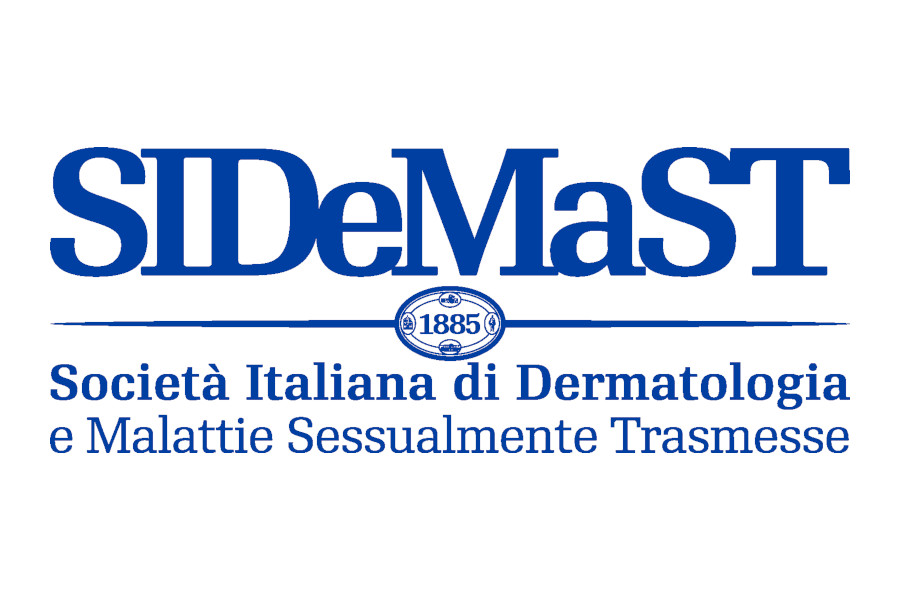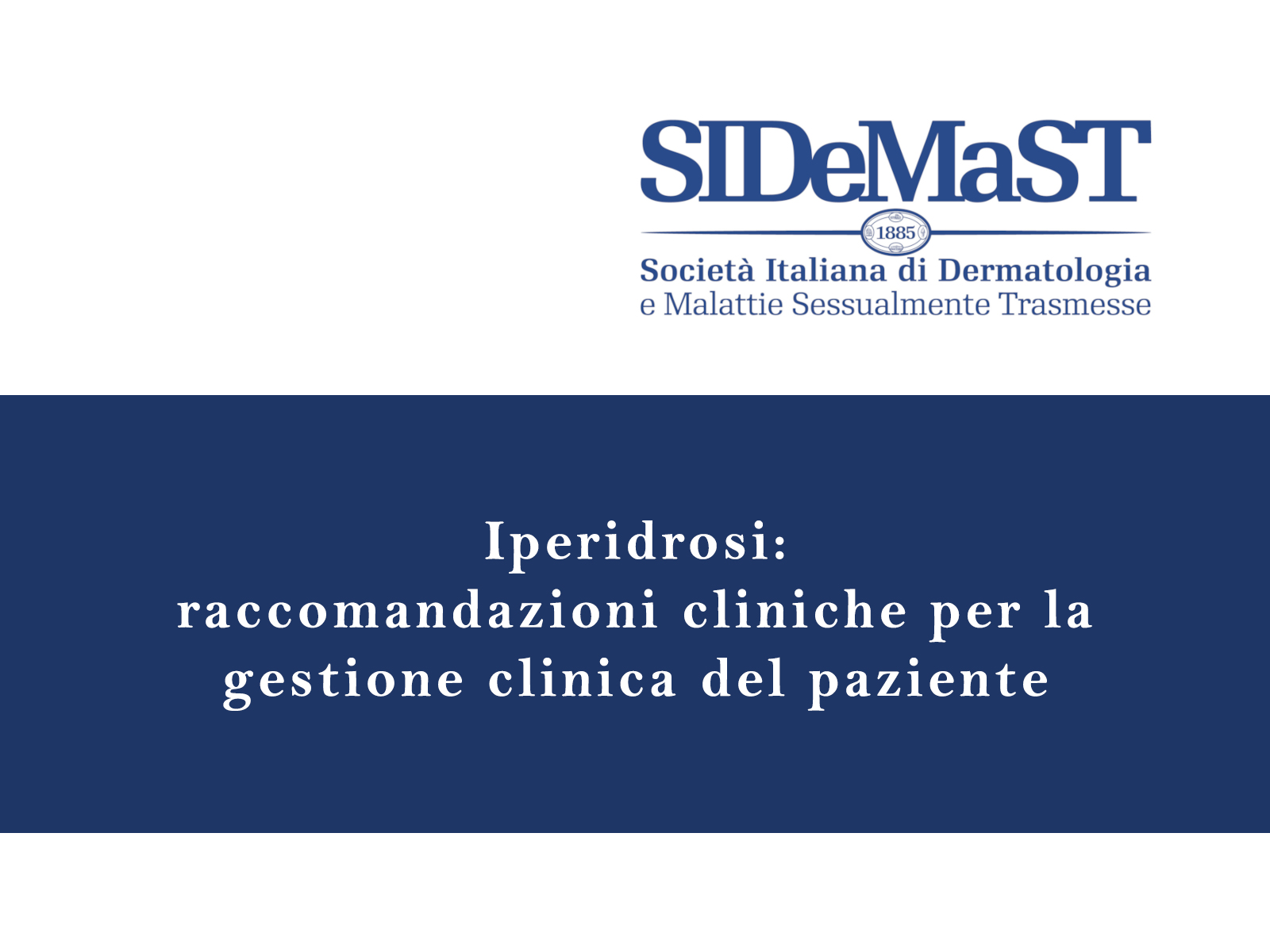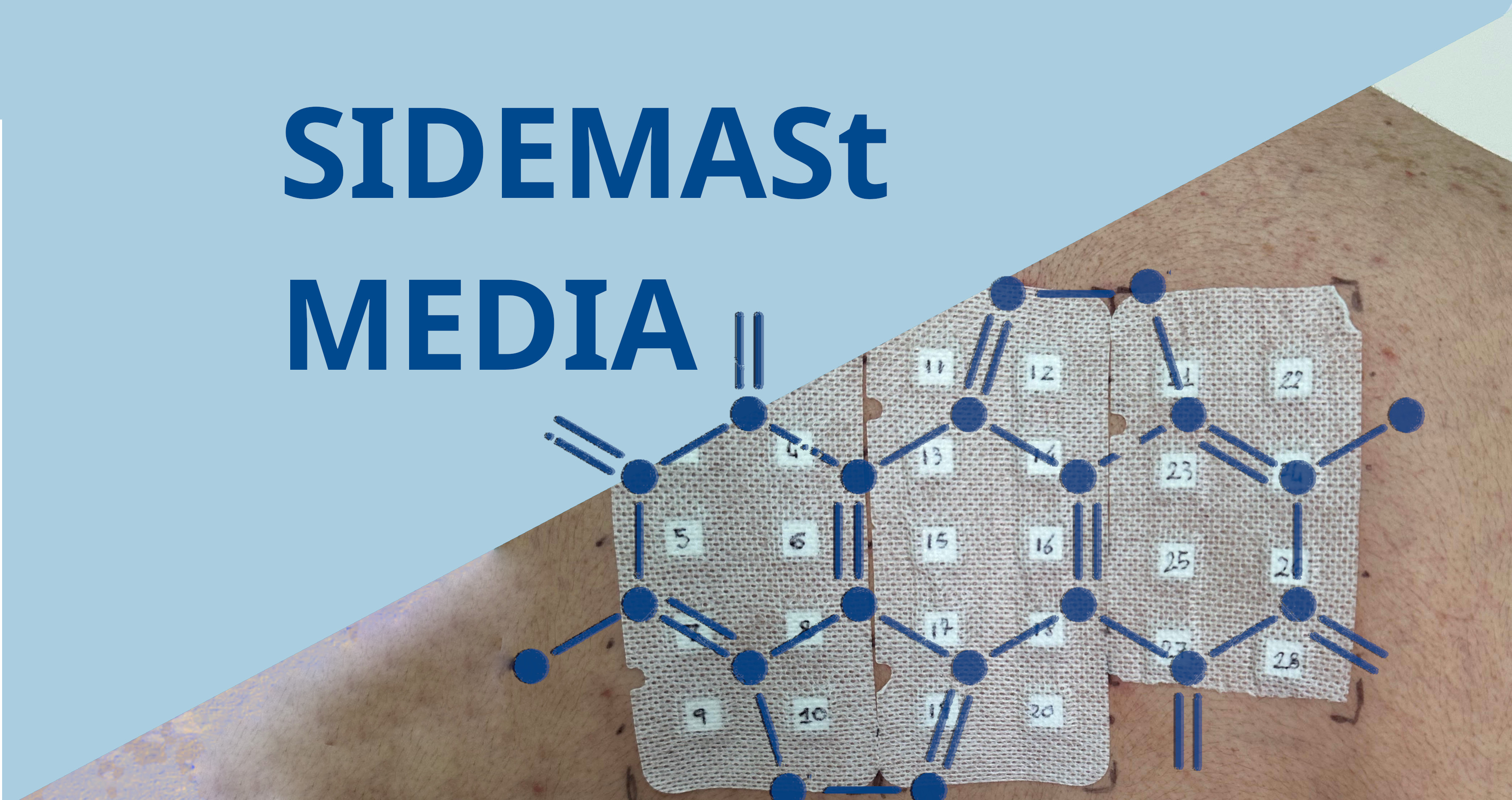Androgenetic alopecia, or male/female pattern baldness, is the most common type of progressive hair loss disorder.
The aim of this study was to review recent advances in non?surgical treatments for androgenetic alopecia and identify the most effective treatments. A network meta?analysis (NMA) was conducted of the available literature of the six most common non?surgical treatment options for treating androgenetic alopecia in both men and women; dutasteride 0.5 mg, finasteride 1 mg, low?level laser therapy (LLLT), minoxidil 2%, minoxidil 5% and platelet?rich plasma (PRP). Seventy?eight studies met the inclusion criteria, and 22 studies had the data necessary for a network meta?analysis.
Relative effects show LLLT as the superior treatment. Relative effects show PRP, finasteride 1 mg (male), finasteride 1 mg (female), minoxidil 5%, minoxidil 2% and dutasteride (male) are approximately equivalent in mean change hair count following treatment. Minoxidil 5% and minoxidil 2% reported the most drug?related adverse events (n = 45 and n = 23, respectively).
The quality of evidence of minoxidil 2% vs. minoxidil 5% was high; minoxidil 5% vs. placebo was moderate; dutasteride (male) vs. placebo, finasteride (female) vs. placebo, minoxidil 2% vs. placebo and minoxidil 5% vs. LLLT was low; and finasteride (male) vs. placebo, LLLT vs. sham, PRP vs. placebo and finasteride vs. minoxidil 2% was very low. Results of this NMA indicate the emergence of novel, non?hormonal therapies as effective treatments for hair loss; however, the quality of evidence is generally low.
High?quality randomized controlled trials and head?to?head trials are required to support these findings and aid in the development of more standardized protocols, particularly for PRP. Regardless, this analysis may aid physicians in clinical decision?making and highlight the variety of non?surgical hair restoration options for patients.









